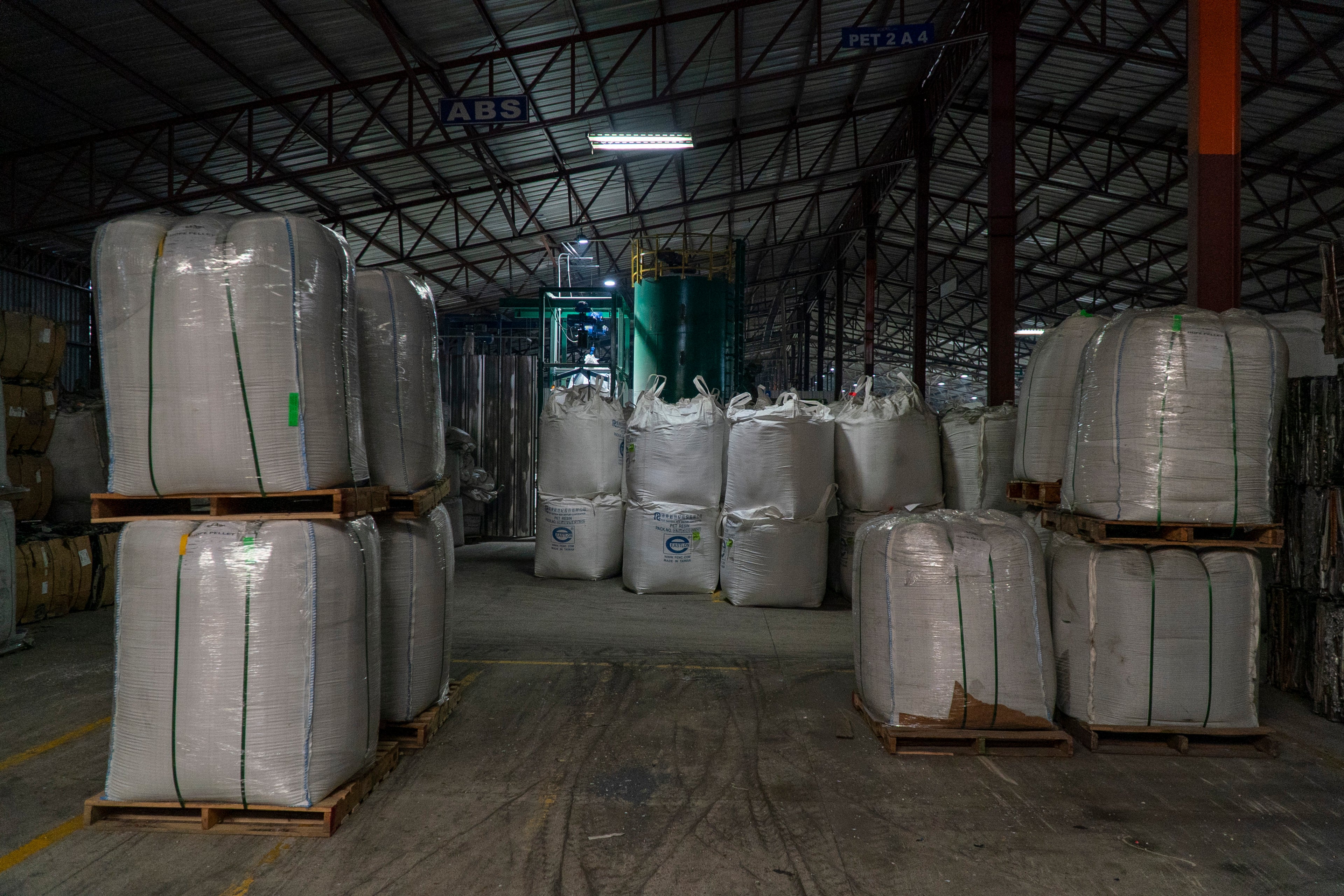Not too long ago, much of the world happily shipped its recyclable materials off to processing facilities in Asia. Consumers and businesses were lulled into believing that whatever they tossed into their bins and dumpsters would eventually make its way through a complicated web of logistics and get sorted, washed, and magically transformed into a whole new container, bottle, or whatever.
With so much demand from factories churning out goods, it seemed there was an infinite market for our cardboard boxes, soda cans, and water bottles. And so the only apparent challenge was to shift disposal of recyclable items from trash cans into recycling bins, allowing more recycling and thus more items to feature the triangular recycling logo.
A sudden shift
But those heady days of limitless possibilities were really just a brief flash in the pan. Contamination and the related costs of cleaning and sorting recyclable materials slashed the return on investment for overseas recycling operations. Uninterested in accepting tons of compromised recyclable material only to put it in landfills of their own, these countries began turning away loads of material that didn’t meet their quality requirements.
China once handled nearly half of the world’s recycling burden, welcoming container ships loaded with compressed plastic waste. The European Union sent 95% of its recyclable plastic to China, and the U.S. shipped 70% of its recyclable plastic to China. But in January 2018 as part of its National Sword policy, China closed its doors to the vast majority of imported recyclable goods, and its volume of imported plastics dropped 99% (source).
This policy had a big impact, as China was importing more plastic than any other nation, and that impact was compounded as some of their Asian neighbors also followed suit. One year later, Malaysia joined China and limited the importation of recyclable plastic after much of the West diverted their shipments there following China’s policy change (source). Vietnam is also phasing out plastic waste imports by 2025 (source), and Thailand and the Philippines are taking similar actions (source).
With no market for recyclable plastic, other nations are now seeing their stockpiles of material exceed their storage capacity and are unable to find willing partners able to accept, process, and recycle this plastic waste. From Australia to the United States, environmental practices have ground to a halt with nowhere to send these vast volumes of material and not enough recycling capacity at home to deal with it all.
To deal with this crisis, many communities have cut back or completely stopped collecting recyclable plastic. This increases the percentage of these materials ending up in landfills and incinerators or littering our fields, streets, and waterways.
Stopping imports didn’t stop recycling
Although many Asian nations halted or slowed the import of recyclable materials, the plastics recycling industry is still booming in many of these places. That’s because these nations have plenty of source material from their own economies along with emerging environmental policies to limit their own carbon emissions and combat pollution.
That’s good news for brands and manufacturers in Asia as they can continue to locally source an adequate supply of recycled plastic for their needs while also supporting local entrepreneurs and the economy.
Additionally, there’s no ban in any of these countries from importing already-recycled plastics. This provides financial motivation for companies around the world to continue collecting and processing recyclable plastic. And what doesn’t get used in Asian factories can still be exported to the rest of the world to meet global manufacturing demand.
Passing the purity test
If you’re wondering why recycled plastic can flow relatively freely while recyclable plastic gets the cold shoulder, it’s because the recycled plastic being produced is subjected to quality assurance testing. When properly processed, high-quality recycled plastic resin can be extremely pure, meeting the needs of most manufacturers.
But transporting recycled plastic feedstock across borders does require some detailed knowledge of the local laws and regulations to get through customs. Suppliers and buyers must read the fine print to ensure their goods meet the necessary criteria for import / export purposes.
This could include chain-of-custody documentation and a thorough knowledge of both the Harmonized System code and the Harmonized Tariff Schedule of the United States. Using the correct codes is essential to minimizing bureaucratic hiccups at points of entry, which can cause delays in the supply chain.
Relying on a trusted network
For manufacturers and brands looking to incorporate or increase the recycled plastic content in their products, it helps to leverage a network that can navigate the complex world of recycled plastic importing and exporting, connecting buyers with certified suppliers offering tested and well-documented materials.
Oceanworks handles this heavy lifting so buyers can focus on getting the perfect plastic they need for the task at hand while suppliers can concentrate on their internal operations and increasing their output. While the last few years have created massive tumult and uncertainty in the recycled plastic marketplace, there’s more opportunity than ever for innovation and expansion of recycled plastics no matter where you call home.
